I put out a Tweet recently about Bing Ads and based on the fact that it received nearly 100,000 impressions and 13,000 engagements, I realized that not a lot of people know much about Bing.
I had a few replies from digital marketers like “shhh, stop spilling our secrets”. I’m sorry folks, but I’m going to reveal the hidden gem that is Bing Ads in this post.
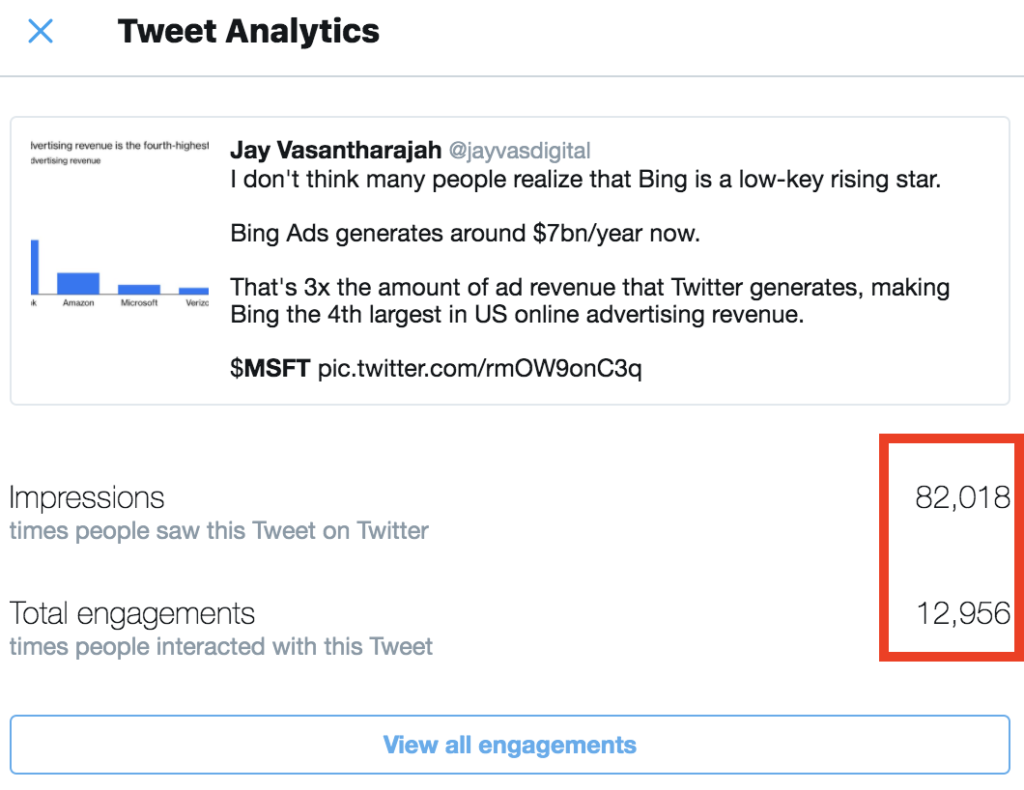
I’ve been buying ads on Bing for nearly 7 years now, both for clients and for my own businesses. I’ve witnessed the platform evolve over the years and have become very familiar with the lesser-known search engine.
If you’re curious about Bing and interested in learning why and how you can start advertising on it, this post is for you.
Bing is Bigger Than You Think
As I stated in my Tweet, Bing generates nearly $7bn/year now. It is no longer an obscure search engine that’s often the butt of jokes.
I know I am using the term “underdog” quite loosely here to describe a $7bn/year business, but compared to Google, Bing is still very small.
However, at $7bn a year, Bing generates 3x more revenue than Twitter. In fact Bing generates more ad revenue than Twitter, Pinterest, and Snapchat combined.
This makes Bing the 4th largest advertising platform in the US by revenue.
A lot more people use Bing than people realize, making it an opportunistic platform for savvy marketers.
Clicks on Bing are Much Cheaper
Clicks on Bing are far cheaper than comparable clicks on Google.
Why?
Simple, there is less competition on Bing. Bing utilizes the same auction-based bidding model that Google has. This means that advertisers compete against each other and bid up the price of clicks. Generally speaking, the more advertisers, the pricier the clicks and vice versa.
Here is a side-by-side comparison of Google and Bing cost-per-clicks for the exact same keywords from one of my campaigns:

As you can see, clicks are about 30% less, on average, on Bing. I’ve seen clicks on Bing go as cheap as 50% less compared to Google for some keywords.
What this ultimately translates to is a high return on ad spend (ROAS), aka more bang for your buck. This is especially the case if you consider the quality of traffic on Bing.
Bing Traffic Is High Quality
Search engine traffic is intent-driven, which makes delivers some of the highest quality traffic on the internet. That’s the beauty of search marketing, you are able to target someone the moment they have their credit card out, ready to buy.
Advertisers paid $135bn to Google in 2019 because they were able to translate intent-driven searches into sales very quickly.
Bing is no different, and this is clearly evidenced by the fact that both clickthrough rates (CTR) and conversion rates are about the same as Google.
Here is a side-by-side comparison of Google and Bing clickthrough rates and conversion rates for the exact same campaigns:
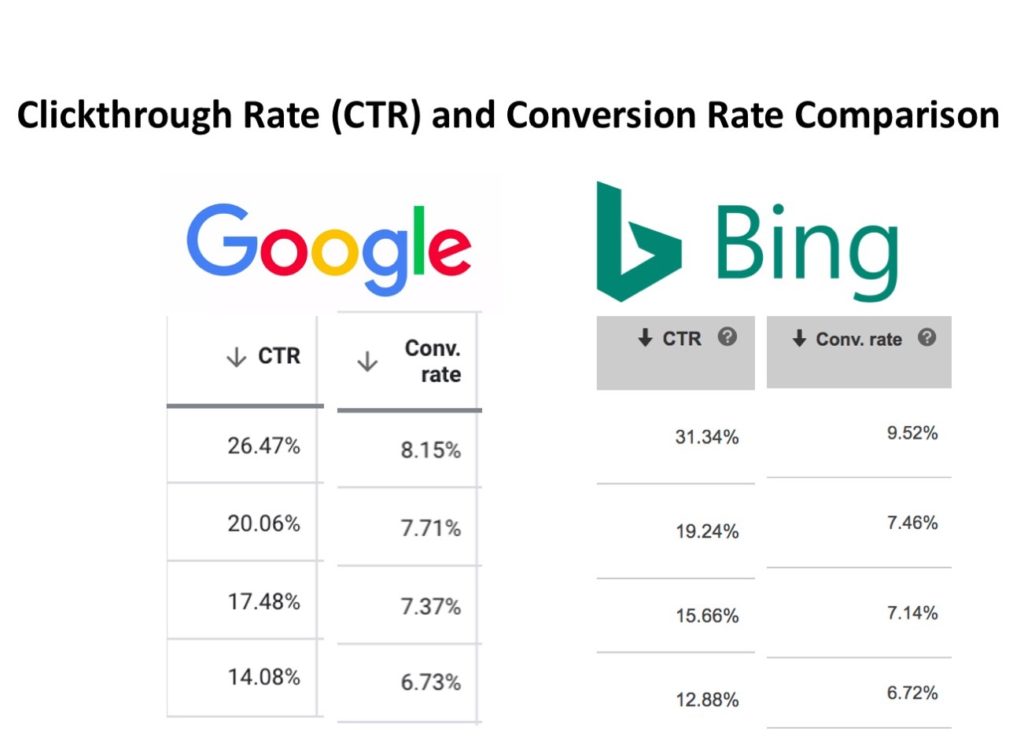
As you can see, both CTRs and conversion rates are very similar for both search engines. This eliminates the fear that Bing is just a bunch of bots and fraudulent clicks.
Interesting Search Partners
This point is a bit more of a quirky fact than anything. Bing has aggressively grown its search partner network.
What is s search partner?
It’s a 3rd party website, usually search-oriented, that delivers Bing ads and shares the ad revenue with them.
Although I haven’t been able to confirm this, I have heard that Bing offers a much more favourable revenue split compared to Google. As a result, many websites prefer to partner with Bing, including DuckDuckGo, a new search engine that is famous for putting privacy first.
I predict that Bing’s search partner network will continue to expand in the future, so it will give you access to some interesting traffic.
If You’re Already Running Google Ads, Adding Bing Ads Is A No-Brainer
Bing Ads user interface is near identical to Google Ads. If you can navigate through a Google Ads account, you can navigate through a Bing Ads account.
Over the years, I’ve seen Bing straight up copy features from Google Ads.
If Bing is missing something, don’t worry, it’ll get added soon.
What makes it even easier is Bing Ads has a feature to simply import your existing campaign from Google Ads.
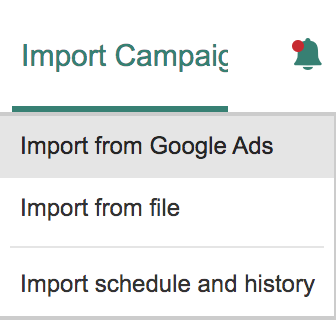
You can set up an auto-import to run on a scheduled basis. (I recommend doing this, more on this in next point).
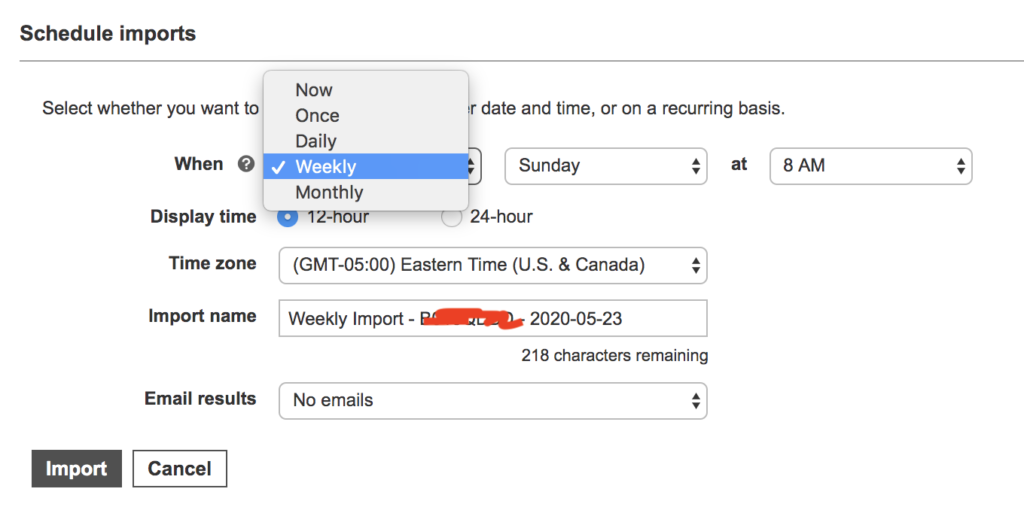
So if you’re already seeing a good ROI from Google Ads, setting up Bing Ads is a no-brainer. It only takes about 30 seconds to create an import your Google Ads campaigns into Bing Ads.
Bing Ads Don’t Scale, Unfortunately
The biggest downside of Bing Ads is that the campaigns don’t scale. I’ve tried many creative ways to scale campaigns on Bing, increase ad spend, and obtain more traffic, but the truth is…
There simply isn’t enough volume on Bing.
You can really only spend 10% of what you spend on Google Ads, which makes sense if you compare the user base of each search engine.
For this reason, it doesn’t make sense to spend too much time in Bing Ads. It’s wise to set up an auto-import schedule and just check in on it every now and then.
That way, you are able to increase your high-quality search traffic by 10% while improving your ROAS as well, without spending too much extra time or effort.
Do you currently buy ads on Bing? If so how have the results been for you? Leave your comment down below!
Hi there! I’m Jay Vasantharajah, Toronto-based entrepreneur and investor.
This is my personal blog where I share my experiences building businesses, making investments, managing personal finances, and traveling the world.
Subscribe below, and expect to get a couple of emails a month with some free, valuable, and actionable content.
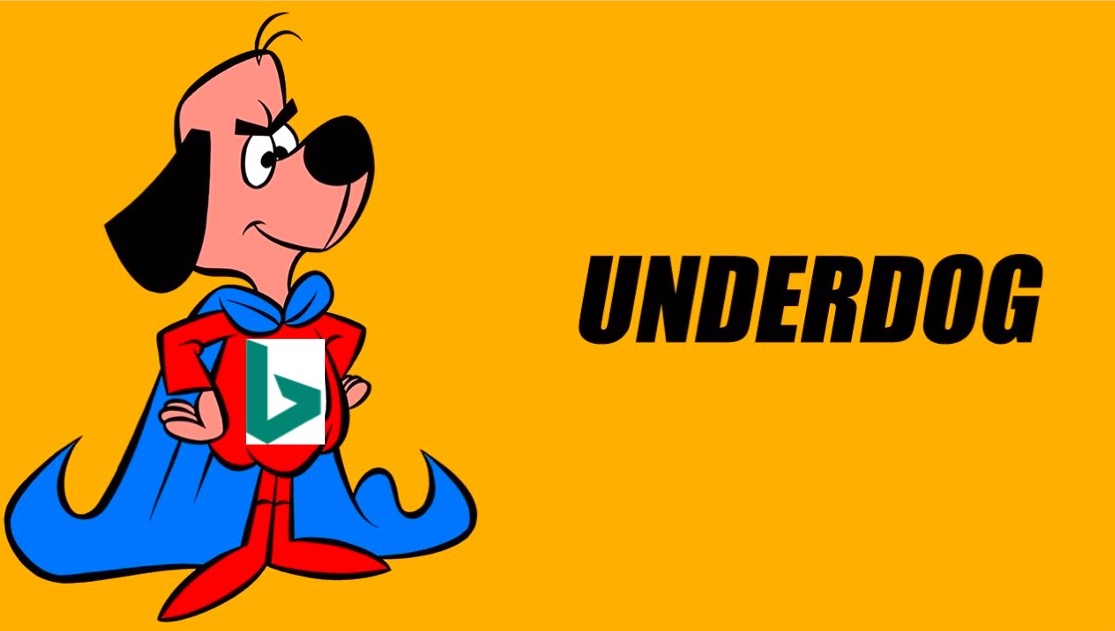




4 thoughts on “Why Bing Ads Is A $7 Billion Underdog That You’re Missing Out On”
This is Gold – I had no idea that Bing can automatically import campaigns from Google Ads. Thanks for sharing! PS – I love the insights, tips and experiences your sharing through your newsletter and blog. Keep it up! Super helpful and motivating.